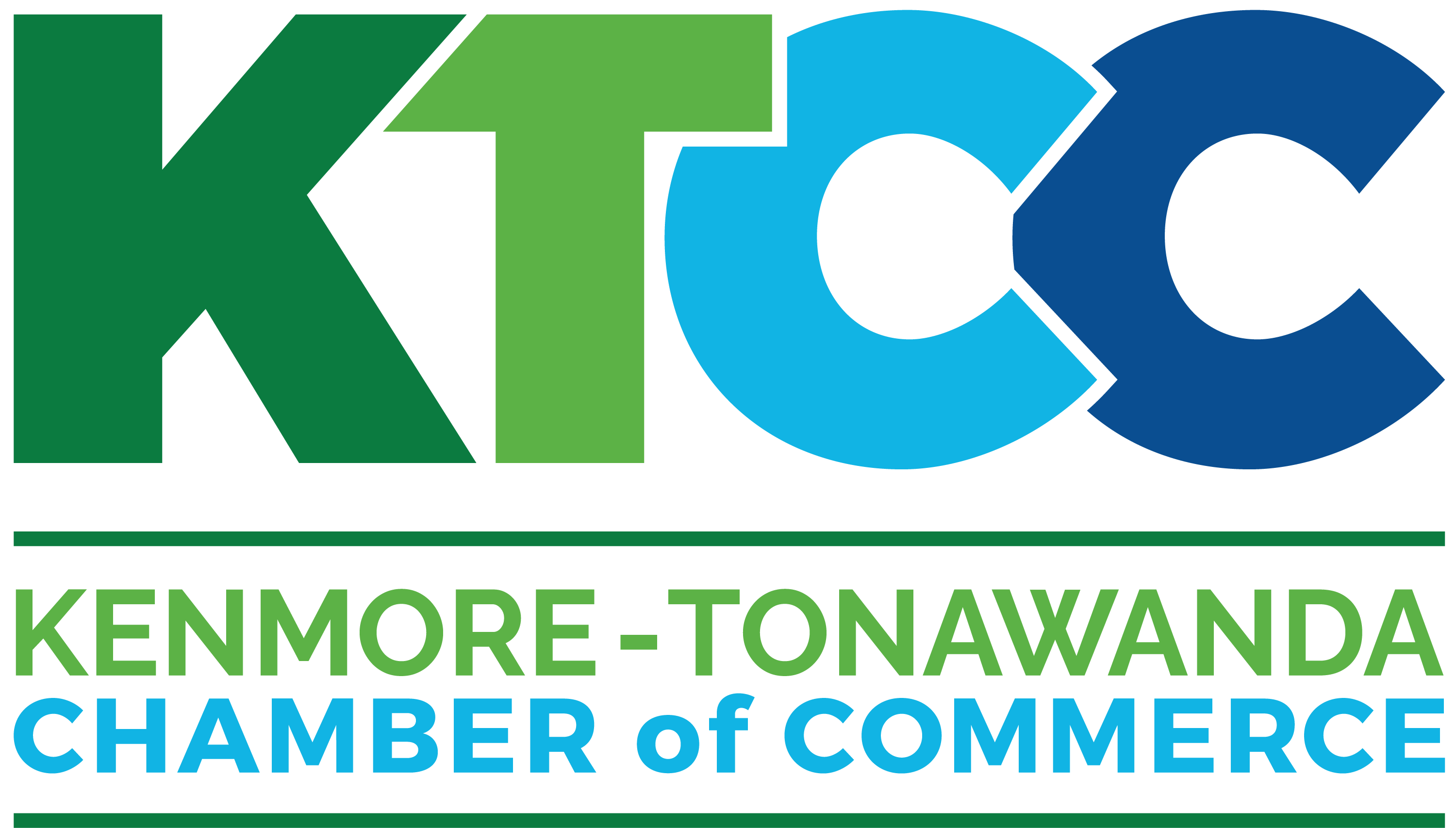Cutting Start-Up Costs Without Cutting Corners: Smart Strategies for New Businesses
Launching a new business is a high-stakes moment: every dollar counts, but every decision affects your brand's foundation. As you set up operations, the challenge isn’t just cutting costs — it’s knowing where to economize without compromising quality, trust, or future scalability.
Whether you're opening a local service business or launching an e-commerce platform, you can build lean and strong. Below, we explore tested ways to reduce your startup expenses while still delivering a product or service that earns trust and scales.
1. Start Lean, Stay Clear: Build Around Core Value First
Before spending on brand identity, websites, or office space, define your absolute core value: What problem do you solve, for whom, and how will they find you? Start with clarity, not complexity.
Tip: Use free discovery tools like Answer the Public to understand what your customers are already asking online. This informs not just marketing, but product design — so you don’t waste resources building features or offers no one is looking for.
2. Legal Formation Costs: Where to Budget vs. Save
Setting up a legal business entity can be straightforward, but costs can vary widely depending on your state and your provider. State filing fees differ by location, and these are unavoidable. However, using online formation platforms can help you minimize paperwork, avoid legal missteps, and save on attorney fees.
These services often offer EIN registration, operating agreement templates, and ongoing registered agent services bundled into one. You can start an LLC with ZenBusiness to explore their packages and see which level fits your launch goals.
3. Choose Tools That Scale With You (and Start Free)
Some of the best tools for small businesses don’t require a big upfront investment:
-
Trello: Task and project tracking
-
Wave: Free accounting and invoicing
-
Google Workspace: Email, file sharing, and basic operations
-
Notion: Documentation, internal knowledge base, and process management
Use the free tiers now (most offer robust functionality for teams under five people) then upgrade only when you need automation, integrations, or expanded storage.
4. Friction-Free Hiring: Smart Alternatives to Full-Time Staff
Hiring employees too early can drain your budget. Instead, consider:
|
Role Type |
Cost-Saving Alternative |
Notes |
|
Admin Support |
Virtual assistant platforms |
Pay by the hour, scale down during slow periods |
|
Customer Service |
Chatbot + freelance call agents |
Test channels before investing in full-time roles |
|
Design/Brand Assets |
Use of Canva, Fiverr, or 99designs |
Good for MVPs, then invest in strategic branding |
|
Technical Builds |
No-code tools (e.g. Webflow, Glide) |
Launch fast without dev overhead |
|
Marketing |
Fractional CMO or growth marketing firm |
Contract for campaigns, not for permanence |
5. Checklist: Cut Costs, Keep Standards
-
✅ Validate demand before building anything (survey or waitlist)
-
✅ Use open-source or freemium software until proven ROI
-
✅ Outsource non-core tasks first
-
✅ Barter services with other local entrepreneurs
-
✅ Apply for local chamber of commerce grants or startup support
-
✅ Delay major office or inventory spend until demand is proven
-
✅ Invest in legal, accounting, and business insurance early
FAQ: Cost-Smart Startup Decisions
How much does it cost to register a business in my state?
State fees vary, usually between $40–$500. You can check your state's exact fee at your Secretary of State’s website or by comparing formation service breakdowns.
Are online legal services worth it?
Yes, especially if you're launching solo. They bundle essential documents, EIN registration, and compliance reminders. Please review the package details carefully.
Can I skip branding or design in the early days?
You can skip high-end branding agencies, but not clarity. A clean logo, readable website, and consistent messaging are essentials — and achievable with low-cost tools.
What’s the cheapest way to build a website that still looks professional?
Use no-code platforms like Carrd and start with a free or low-cost template.
Do I need a business plan?
A lean one, yes. Even a one-page plan keeps you focused. Try using LivePlan or this free template from SCORE.
One Tool Worth Paying For
If you’re building a remote-friendly service or coaching business, consider trying Paperbell — it handles scheduling, payments, and client onboarding in one. For $50/month, it can replace 3–4 separate tools.
Cheap Isn’t Always Smart — But Efficient Always Wins
It’s not about being cheap — it’s about being intentional. Startups win not by skipping quality, but by knowing what matters now and what can wait. Avoiding waste early on makes your first profits last longer and builds a reputation rooted in clarity, not cut corners.
Discover the vibrant business community of Kenton by visiting the Kenton Chamber of Commerce and unlock opportunities for growth and collaboration!This Hot Deal is promoted by Kenmore-Town of Tonawanda Chamber.
Why Become A Member?
-
Business profiles and media exposure
-
Social media promotional efforts: Website, Facebook, Twitter, LinkedIn, etc.
-
Chamber mailings
-
e-Newsletter updates
-
Ribbon Cuttings
-
Business cards and materials displayed in Chamber office
-
Networking mixers
-
Special events
-
Educational meetings
-
Business referrals
-
Free business counseling
-
Member to Member Discounts
-
Business advocate
-
Health insurance
-
And much more!

